International travel for an extended period of time renders time itself nebulous. Hours and days and weeks loose their form. Their definitions are, at best, vague. I like the sensation, especially here in the Highlands where the sun rises too early and stays up long past when it should have set at ordinary lattitudes.
International travel also is a feast of the senses. Scotland is a place to behold with the eye -- the green of the hillsides, the pink of the heather; to embrace with the ear -- the lilt and cadence of the speech, the warmth and brilliance of the piper's cane reed sounding in the glen; to savor with the tongue -- the saltiness of the brown gravy that bathes each and every meat dish, the distinctive and unmistakable sage that makes both haggis and black pudding equally palatable; to feel upon the skin -- the fresh westerly breeze blowing hard and long from the North Atlantic across the Irish Sea and rushing through the Great Glen; to envelop with the nose -- the rich scent of grasses and mosses of an ancient soil shaded by stands of sturdy conifers.
I met Lisa, Molly, Patrick, and Lisa's parents -- John and Joan in Edinburgh early afternoon on Saturday. The train ride from Queen Street Station, Glasgow to Edinburgh's Waverly Station was easy and straightforward. We stayed in a hotel in Picardy Place at the top of Leith Walk, a short walk from the Royal Mile.
On Saturday afternoon, we took a guided tour of the city and Edinburgh Castle. Edinburgh is an interesting amalgam of historical epochs. The promontory upon which the castle rests has been occupied since the Bronze Age, roughly 1,000 B.C.E. King David I of Scotland founded Holyrood Abbey one mile to the east of the castle in the 11th century. James IV (1488-1513), who built Holyrood Palace, established Edinburgh as the Scottish capital. By the 1700s, Edinburgh had become less than livable. It was overcrowded, dirty, and difficult. Georgian New Town, just to the north of the city center, was laid out and developed.
In the morning on Sunday, we toured Holyrood Palace, Queen Elizabeth' II's official residence in Scotland. In the afternoon, we went south by coach to vist Sir Walter Scott's home, Abbotsford, as well as nearby Melrose Abbey. Scott (1771-1832) was born in Edinburgh and trained as a barrister. His Waverley series created and pioneered the historical novel in western literature. Central to Scott's fiction are images of a heroic wilderness and a romanticized view of clan culture. As an American school boy, I can vaguely remember having to read Scott's Ivanhoe.
Melrose is a stunning Border Abbey. It was built by the Scottish King David I in 1136 for Cistercian monks from Yorkshire. English armies ramsacked it regularly, most notably in 1322 and 1385. The abbey was dealt its death blow in 1545 by Henry VIII's forces. The Scots failed to ratify a marriage treaty between Henry VIII's son and the infant Mary Queen of Scots. In 1920, archaeologists found an embalmed heart that is believed to be that of Robert the Bruce's. Robert decreed that his heart be taken on a crusade to the Holy Land. Records indicate that it was. Its bearer, Sir James Douglas, was killed in Spain. However, his attendants bore the heart back to Scotland and oversaw its entombment at Melrose.
That's it for the moment. Peace.
PS: As I indicated, I am in the Western Highlands. I was in Inverness for two days. I will be here for two days. On our way north from Edinburgh we stopped off in Pitlochry for lunch and a visit to Scotland's smallest distillery, Edradour. The jaunt by coach has been a journey of superlatives -- Scotland's largest loch, Ness; Scotland's highest peak, Nevis; Britain's last battle on its soil, Culloden; and so on. Tomorrow, we make our way by ferry to the Isle of Skye, one of the inner Hebridean islands. I will post narrative and photos in due course. Thanks for reading.
Wednesday, August 1, 2007
Subscribe to:
Post Comments (Atom)
Links worth visiting
- Dan Kimball's website -- Dan is author of The Emerging Church and pastor of Vintage Church, Santa Cruz, CA
- Calvin Church, Zelienople, PA
- Calvin Institue of Christian Worship
- William and Mary's DOG Street Journal
- Brian McLaren's hompage -- author, speaker, activist
- Isabella Stewart Gardner Museum, Boston, MA
- JFK Presidential Library and Museum, Boston, MA
- My writing instructor at Oxford's Summer School
- Homepage for Oxford University's Oxford Experience
- Simon Fraser University Pipe Band
- One of the guitarists with whom I studied in Maryville
- For the bluegrass music fan with details about the bluegrass guitar camp I will be attending
- Montreat: The starting point for hiking western NC's Blue Ridge wilderness
- For citizens of Red Sox Nation
- My home and place of study while in Glasgow, Scotland, UK
- Here's the site of the bluegrass guitar camp in the TN Smokies
- Take a virtual tour of Cooperstown's Baseball Hall of Fame
- Barnwell Inn: My B&B home away from home in Cooperstown, NY
- First Presbyterian Church, Winchester, VA, USA




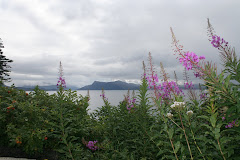


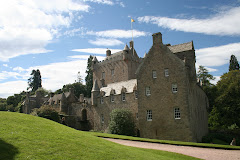
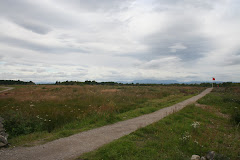

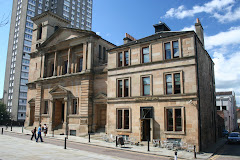

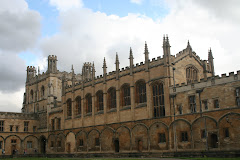

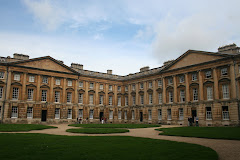
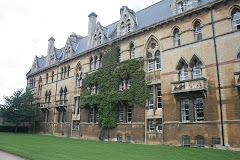
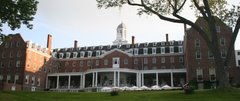

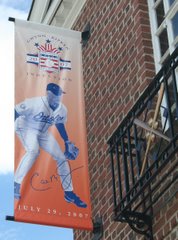
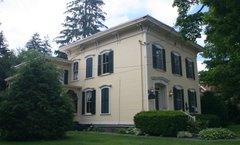

No comments:
Post a Comment